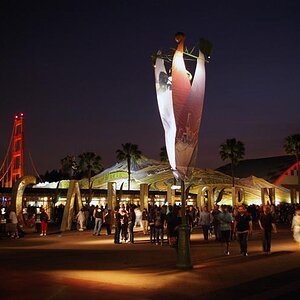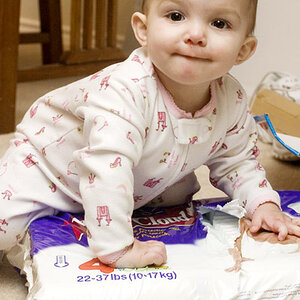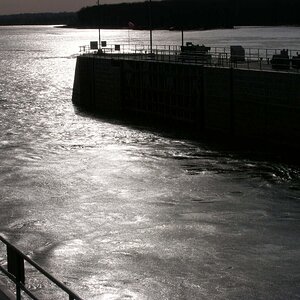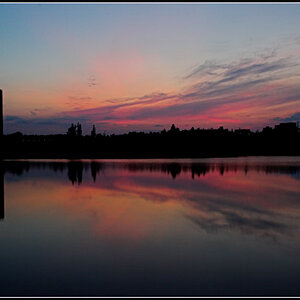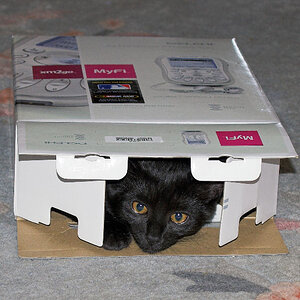shadowfixer
TPF Noob!
- Joined
- Aug 15, 2010
- Messages
- 5
- Reaction score
- 0
Has anyone found an inkjet paper that works with Marshalls Oils? I have tried using the Marshall Inkjet Canvas but it is very difficult to blend colors together. I have also tried Marshalls Inkjet Paper. It accepts the oils initially but then the color rubs completely off. I have also tried using photographic paper after fixing it in the darkroom. This, of course, is the perfects surface, however the ink smears as it gets ready to exit the printer. Has anyone else had any success handcoloring in the digital age?
Thanks, Laurie
Thanks, Laurie





